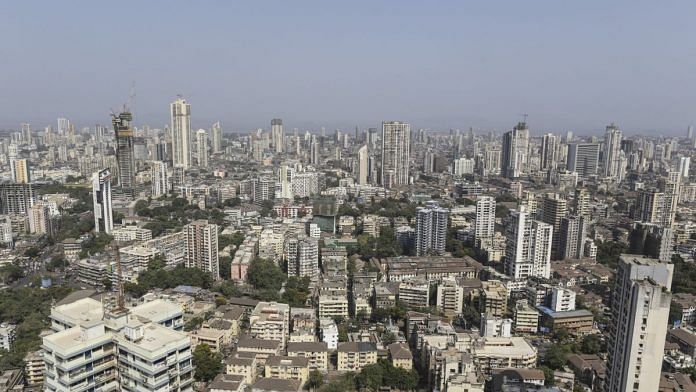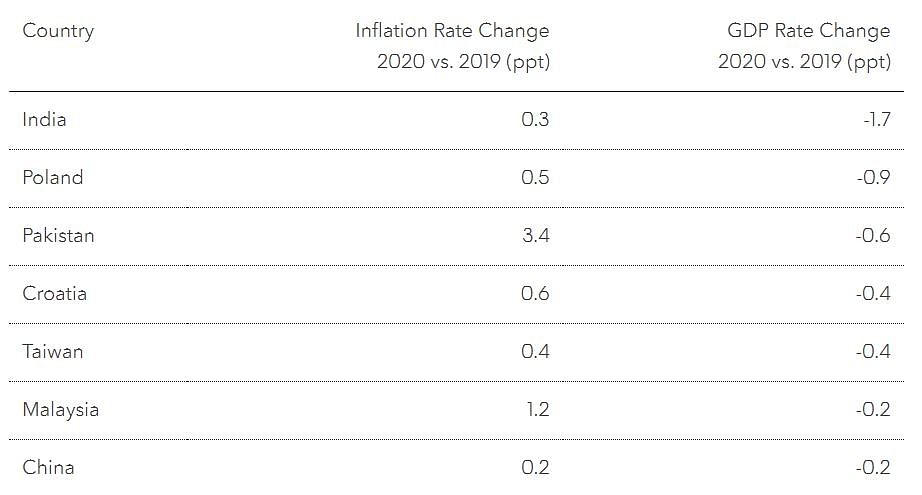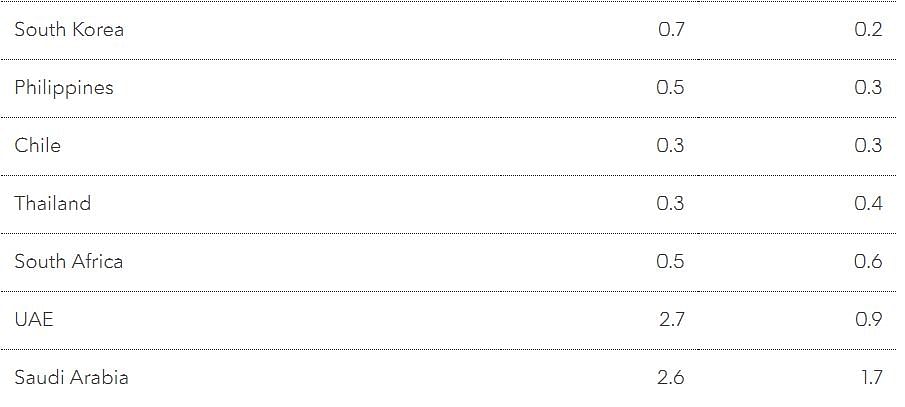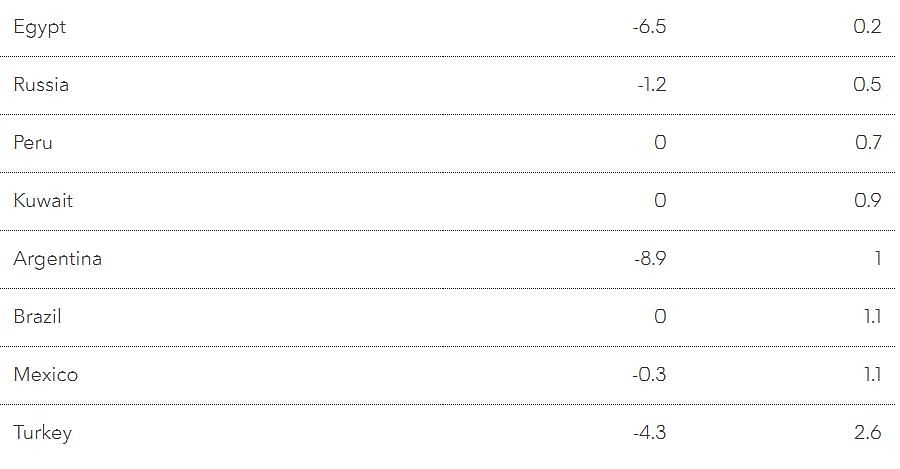
London: India may be witnessing the most glaring setback among emerging economies, but its double pain of slowing growth and surging inflation is spreading far and wide.
While a debate rages over whether the latest data from India points to “stagflation,” a sixth successive quarter of economic deceleration and fifth consecutive jump in price growth are threatening “buy India,” one of the most popular emerging-market trades of the last decade.
They’re also symptomatic of how developing nations, as a whole, may be losing steam.
An analysis of 30 major emerging economies, based on public data and Bloomberg surveys, shows half of them slowing or stagnating in 2020. Two-thirds are set to experience a simultaneous acceleration in inflation. That’s a potent source of mini-economic crises across the group.
Here are the details:
Six other economies are on course for a fate similar to India, and that includes China.

Four Eastern European economies will probably manage to control inflation, but pay for it in terms of slower growth.

Four nations are expected to maintain their gross-domestic-product expansion, but inflation will erode purchasing power in their economies.

Seven other nations may see growth accelerating, but may also have to tolerate higher rates of inflation. Two of these, the United Arab Emirates and Saudi Arabia, may welcome that given they’ve been suffering from deflation.

The following eight countries are the pick of emerging markets. They will see lower or stable inflation and faster growth.

The diverging rates of growth and inflation point to the impact U.S.-China trade tensions have had on emerging-market growth. Most of the countries on a “stagflationary” path are in Asia.
India, however, is not a victim of trade wars. Its slowdown is self-inflicted, caused by the evaporation of consumer demand, proliferation of bad loans and erosion in business confidence. The Reserve Bank of India’s interest-rate cuts have failed to boost the economy, while the government has been distracted by social strife and its fiscal measures so far haven’t done much to spur demand.
At the other end of the spectrum, Turkey is projected to post the biggest improvement in growth as private consumption and investment pick up. Yet the growth won’t be strong enough to drive up inflation, which is expected to fall back to 2017 levels.
Russia has been a haven against trade-war risk and it doesn’t look like it will lose that status this year, even with Vladimir Putin overhauling his government. Add to that its famed twin surplus — on the fiscal and current accounts — and the nation looks poised well. Any increase in oil prices will be a further boost.
Volatile Argentina will make progress bringing down inflation. Mexico, whose local bonds offer real yields of around 4%, will see its economy return to growth in 2019.
The bottom line is that each country has its own demons to slay and trouble in its backyard that has nothing to do with tensions between Beijing and Washington.
That calls for a dose of caution after a stock, bond and currency rally since August that’s been driven by optimism over the phase-one trade deal. – Bloomberg
Also read: US investors concerned over India’s economic slowdown, social unrest and Modi’s disinterest

COMMENTS